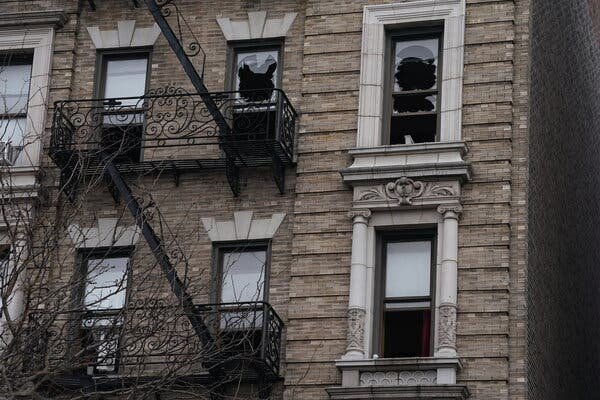Urban wet markets pose a high risk of viral transmission, potentially causing outbreaks like bird flu, experts warn.
Animal markets in New York City are a cause for concern among public health experts due to the potential for the spread of diseases like bird flu. These markets, where chickens, ducks, quail, and larger animals like sheep, goats, cows, and pigs are butchered and sold, are breeding grounds for viruses that could potentially lead to a pandemic.
The live animal markets in New York City, including about 70 such establishments, are located in busy neighborhoods, some dangerously close to schools and residential buildings. The unsanitary conditions in these markets, with animals crammed into small wire cages and feces and urine contaminating the environment, pose a significant risk to public health.
Experts warn that these markets could be the source of the next pandemic virus, similar to how the coronavirus pandemic is believed to have originated in a live animal market in Wuhan, China. If a highly contagious virus were to emerge in a New York animal market, it could spread rapidly through the city and beyond, as tourists from around the world visit the city and potentially carry the virus back to their home countries.
Several live animal markets in New York City have already experienced bird flu outbreaks, leading to the closure of establishments and the culling of hundreds of birds. While state inspectors have taken measures to clean and disinfect these markets, the risk of disease transmission remains high.
In the Northeast region alone, an estimated 25 million birds are sold at live markets each year, highlighting the scale of the problem. Public health experts are calling for stricter regulations and oversight of these markets to prevent the spread of diseases and protect the health of both animals and humans.
It is crucial for authorities to take action to improve the conditions in live animal markets, implement stricter hygiene standards, and enforce regulations to reduce the risk of disease transmission. By addressing these issues, we can help prevent future outbreaks and protect public health in New York City and beyond.
Source: The NY Times









